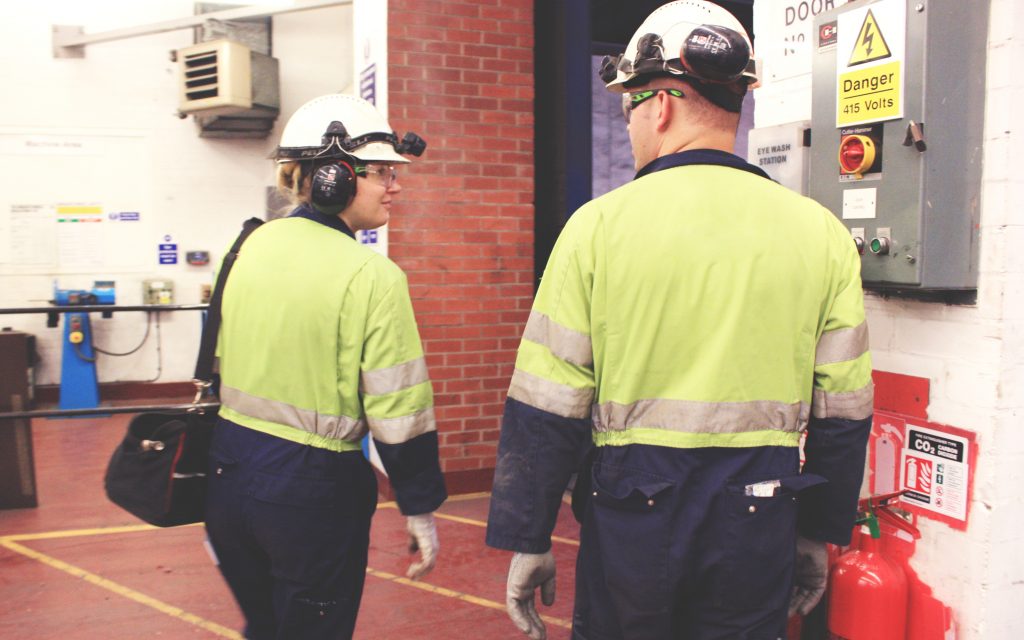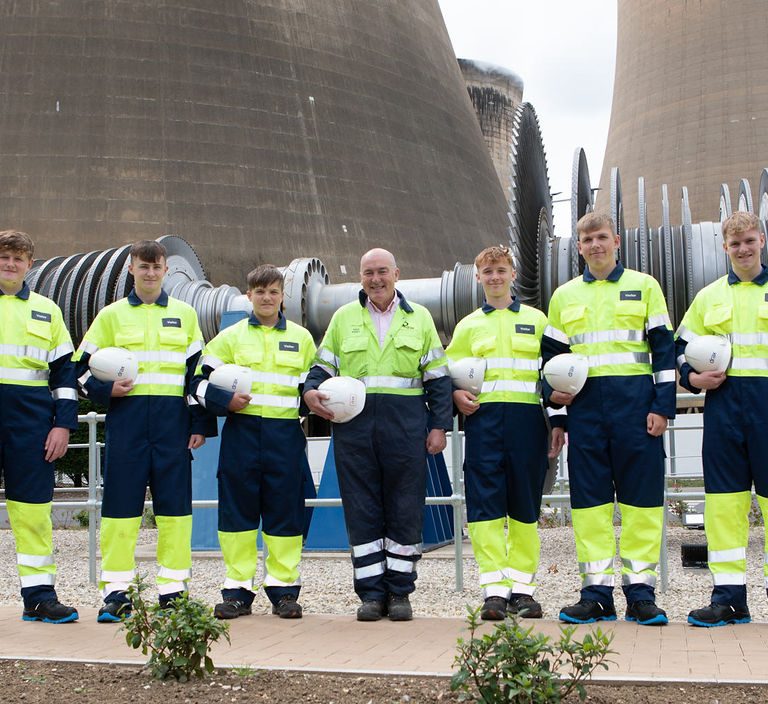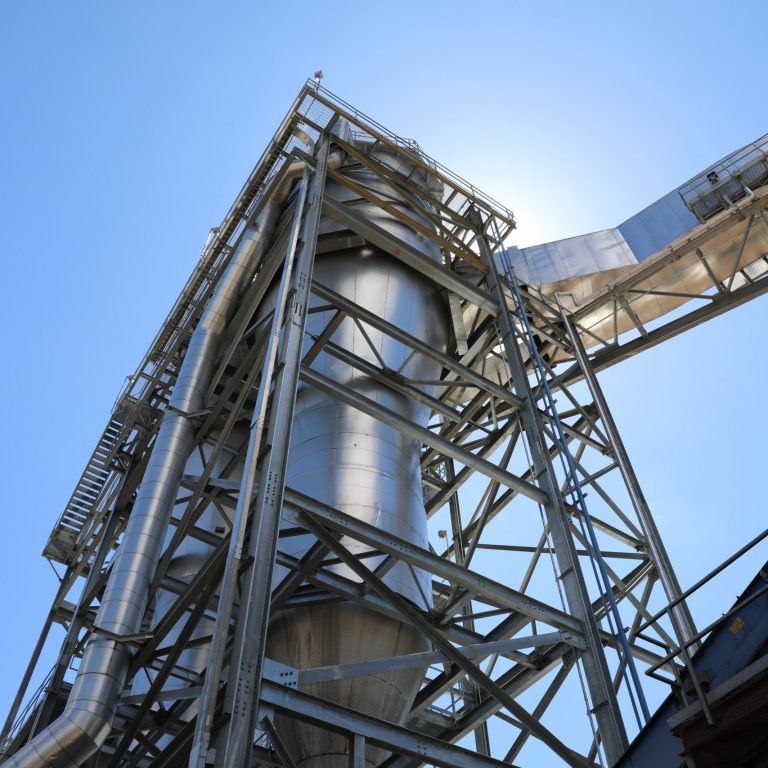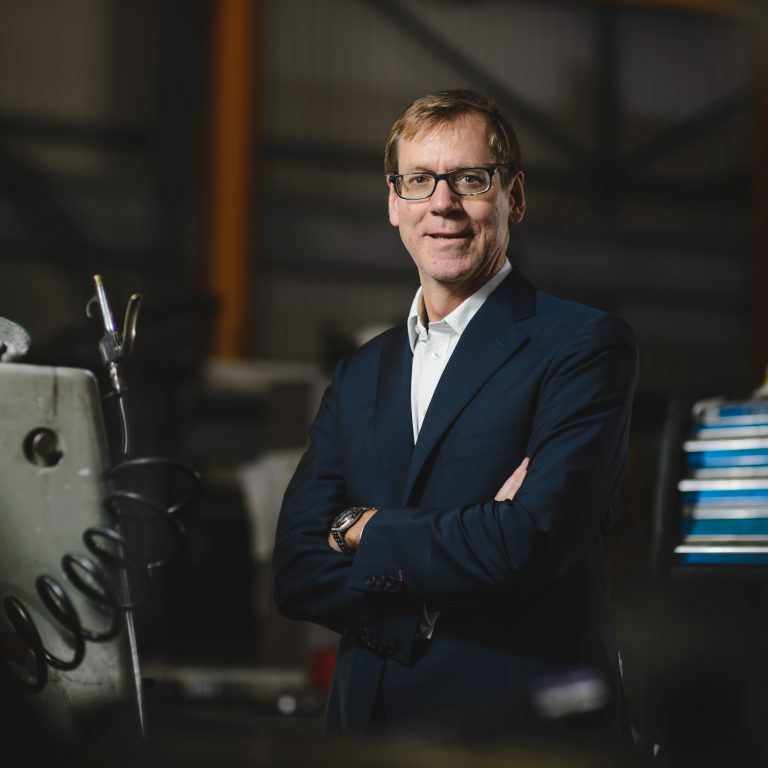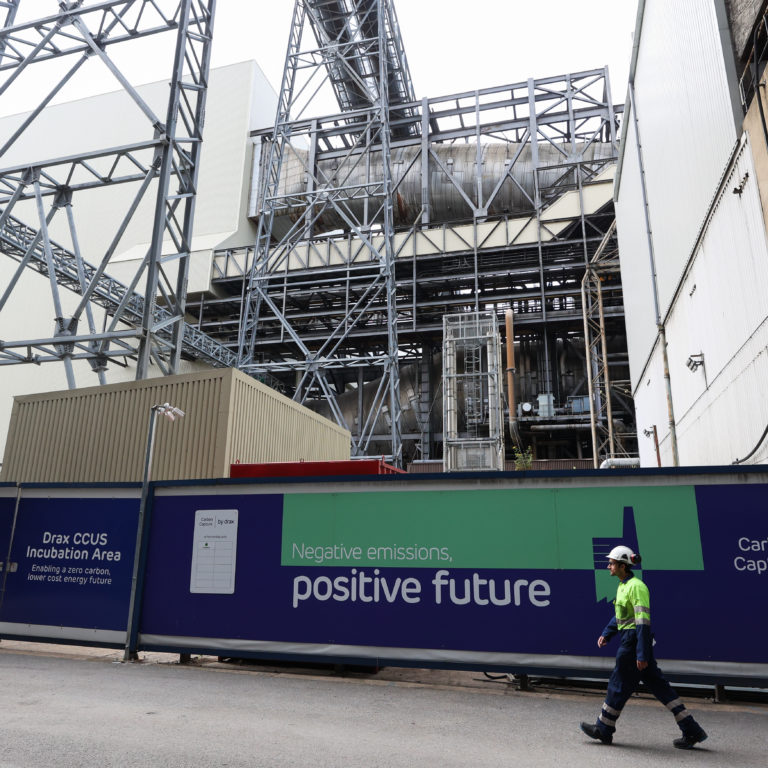How do you go about fixing a turbine that, on a normal day, spins 3,000 times every minute? The first port of call is to call in someone like Alice Gill, an Instrument Craftsperson at Drax Power Station.
What does an Instrument Craftperson do?
What I do is maintain and repair the equipment that links the outside power plant and the control room – equipment that tracks temperature, levels or positioning that then informs our operators in the control room what’s happening on the plant.
Things like an oxygen analyser. It’s a probe that sits in the boiler and monitors the oxygen level so the operator can ensure the correct ratio of fuel to air is going into the boiler to reach optimum combustion.
I might be called on to do calibration checks on that sensor to ensure that it’s working properly. Or I might be asked to completely remove it and then to repair it.
How did you come to be doing this job?
I’m not the sort of person who likes to sit down at a desk all day – I’m more of a hands on sort of person. My dad was always working and fixing things in the garage at home and I liked being in there with him.
When I was at school I decided I didn’t want to go to university so started applying for apprenticeships and looking into engineering opportunities. Drax was one of those schemes and was the one I most wanted to be selected for – luckily enough I was offered a place.
The apprenticeship was four years and there are loads of training courses and so much to learn, including hands on experience and working in the plant.
I remember first arriving to the power station and not really believing the scale of the place. You think, ‘How am I ever going to find my way around?’, but you soon get used to it and it becomes the norm.
In September I became a full Instrument Craftsperson so now I can really get stuck in.
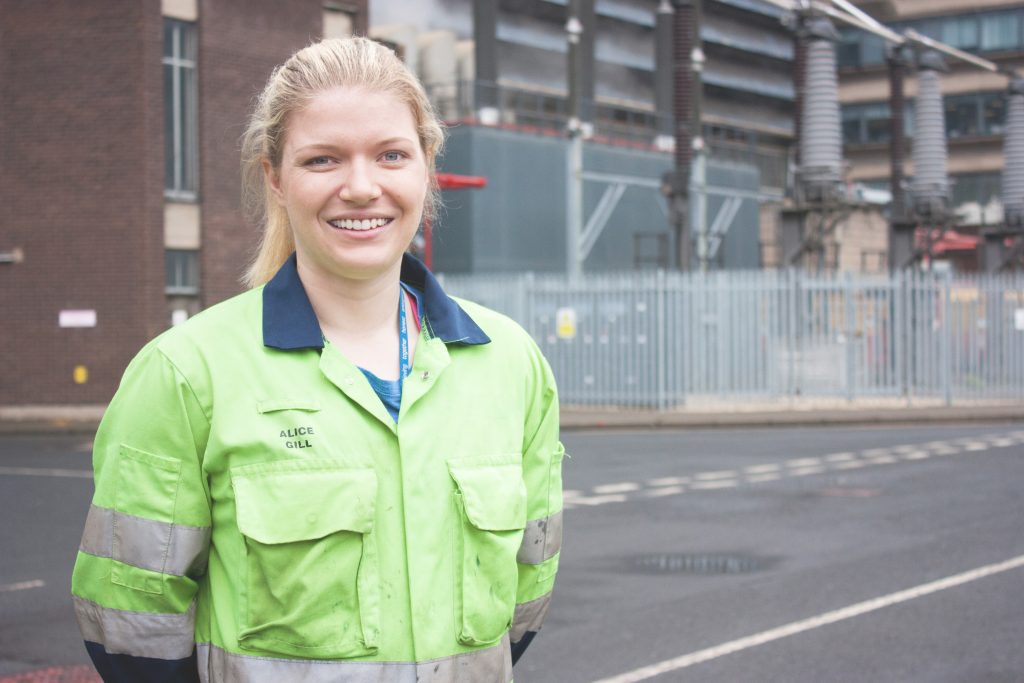
“I’m not the sort of person who likes to sit down at a desk all day – I’m more of a hands on sort of person.”
What sort of challenges do you face?
Over the summer I’ve been doing a lot of work on the turbines. It’s a big job as they’re one of the most important elements driving the plant and generating the power. During outages the whole thing gets overhauled and given a full health check.
The turbine team needs to get into machinery, which is densely constructed and put together, so it’s my job to go in and carefully remove instrumentation so they can access it. When they’re done, I have to go back in, refit everything and check it’s all working again.
How do you do that?
When you’re removing the instruments it’s a bit more of a ‘just get it off’ approach – you just make sure you get it off safely without damaging it.
Then when we’re refitting it, we’re out there with our multimeters making sure we’re setting different probes at the right voltages and that everything is calibrated correctly.
There’s a screen in our workshop we use to watch the activity of the turbine so we can see the speed of the turbine creeping up as they switch it back on. It’s always a big moment. You know things are going to be alright because you’ve done everything, but there are still some nervous people in the room. The turbines are spinning at 3,000RPM so you really need it all to be working properly.
Is there anything that could wrong on an average day?
One of the biggest things that could go wrong in my area is the potential to trip an entire generating unit. It might be that you over-pressurise something or you accidentally trigger a switch that then sets off a daisy chain of events that ends up in a unit tripping. Tripping is where the unit turns off which basically leads to a total shutdown in electricity generation from one sixth of Drax Power Station.
There’s something called the 660 club – at full load the units are operating at 660 MW so if you trip one you enter into this infamous club. There are a few guys in the 660 club but thankfully I haven’t joined! When operating at full load of 660 MW, our units supply the National Grid with around 645 MW– enough to power an entire city.
What do you do outside of work?
I’ve got a horse called Red – I’ve had him for seven years but I’ve been riding since I was eight. It’s quite different to working with things that do exactly what you tell them. When you get on the horse he just does what he wants – he’s got a mind of his own. It’s a big change!








